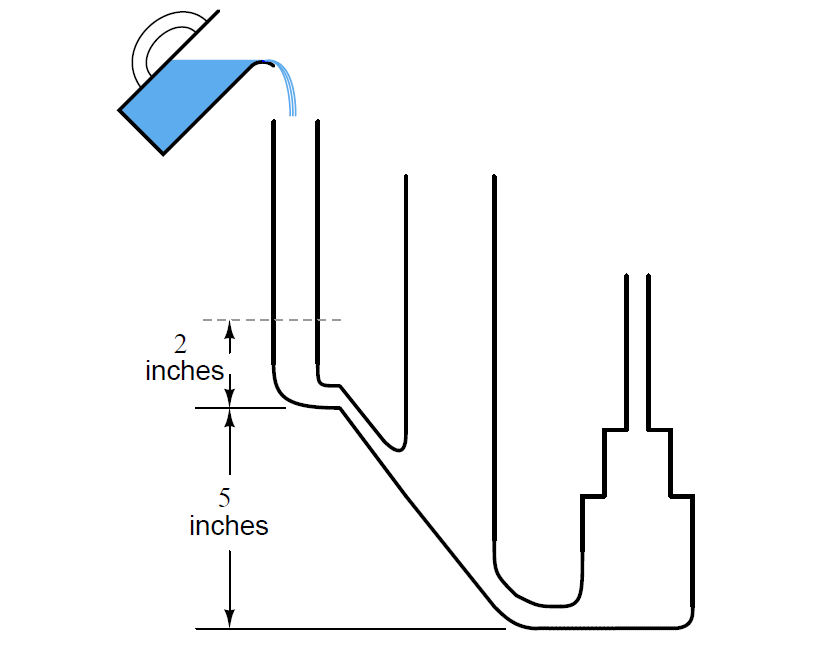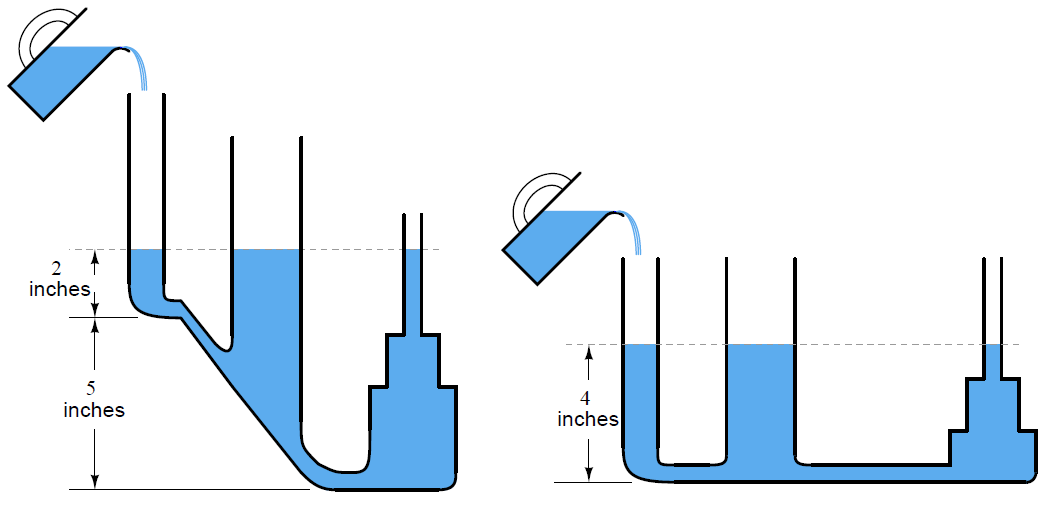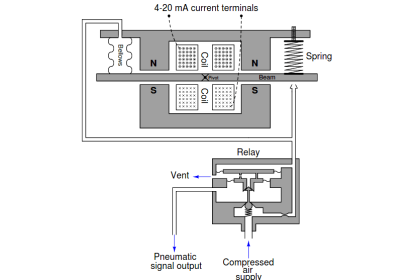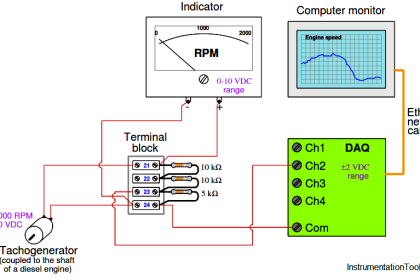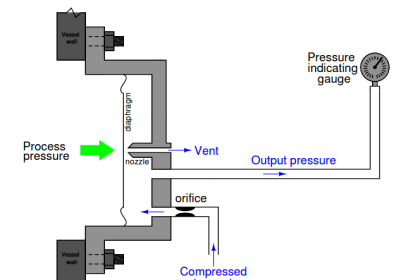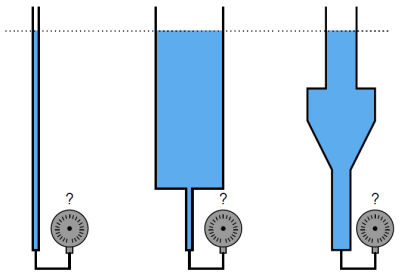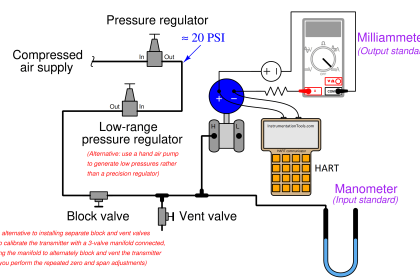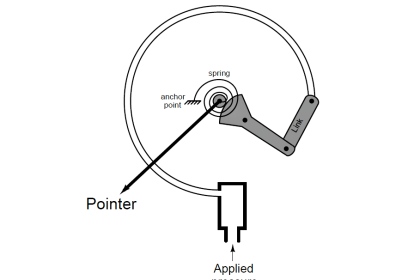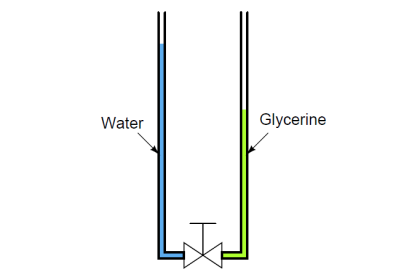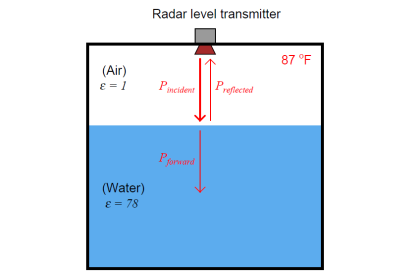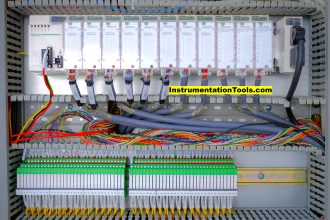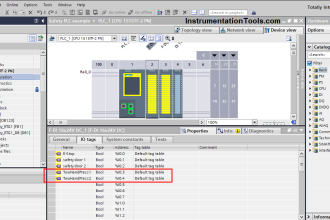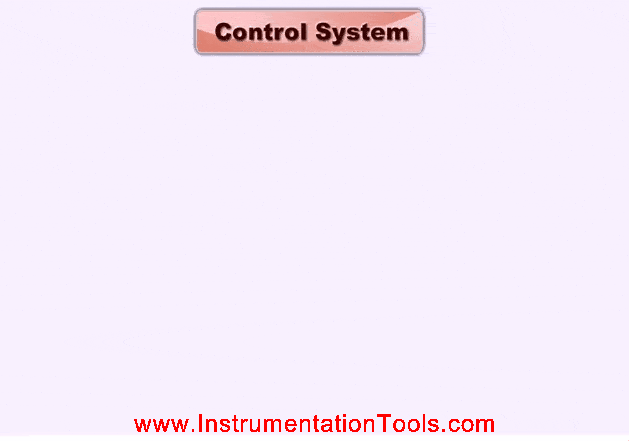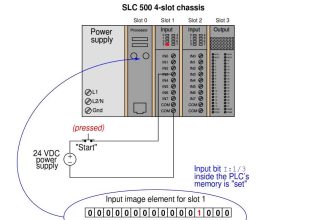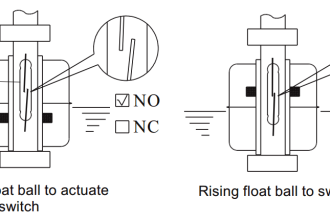Suppose we were to steadily pour a liquid into the leftmost vertical tube until it reaches a mark four inches from the bottom.
Given the diameters of the other tubes, how high will the liquid level settle in each when all columns are in a condition of equilibrium (no liquid flowing through any part of the system)?
Vertical Tube Liquid Level
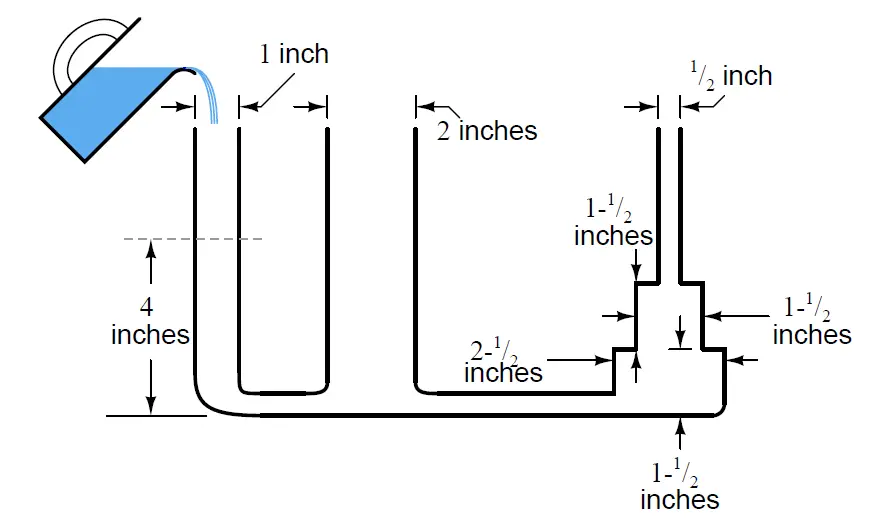
Now consider the same set of vertical tubes (same diameters, same step heights) connected at the bottom by an inclined pipe.
If we were to pour a liquid into the leftmost vertical tube until it reaches a mark two inches from its bottom, how high will the liquid level settle in each column when all columns are in a condition of equilibrium?
Answer
Share your answers with us through the below comments section.
Read Next:
- PT Re-Range Question
- DP Pneumatic Transmitter
- DP Transmitter Problem
- Pressure Gauge Errors
- Calibration Lab Exercise
Credits: Tony R. Kuphaldt
